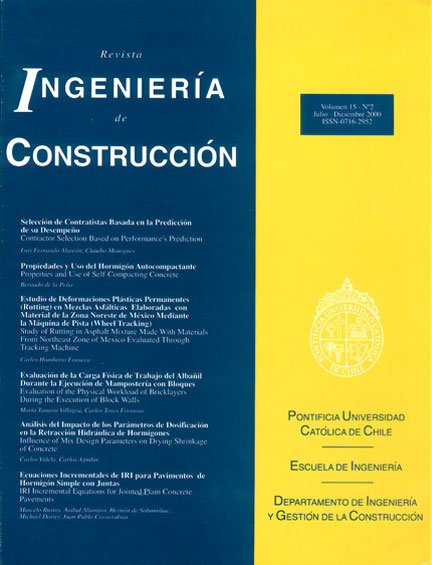Influence of mix design parameters on drying shrinkage of concrete
Keywords:
Limestone aggregate, siliceous aggregate, maximum aggregate size, modulus of elasticity of aggregate, Portland cement, Portland Pozzolan cement, drying shrinkageAbstract
The objective of this research program was to analyze the effect of mix design parameters on drying shrinkage of concrete. A total of 24 different concrete mixes were studied. The major variables included amount of water, maximum size and type of aggregate, and class, fineness and amount of cement. Shrinkage strains were measured up to 448 days of drying. It is concluded that for a given strength, the use of rapid-hardening cement, large maximum aggregate size and low water dosage is beneficial from the point of view of reducing drying shrinkage strains. It was also observed that for concrete made with cement content of up to 420 kg/m3 , shrinkage is governed by the modulus of elasticity of the aggregate. For large cement content, the quantity of the cement paste is the principal factor affecting shrinkage.


